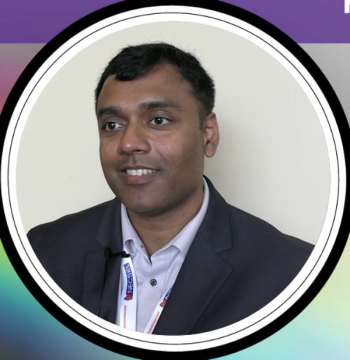
HORIBA to Open New European Research Center, Headquarters
HORIBA has announced the construction of a new research facility and European headquarters on the campus of Ecole Polytechnique in Paris, France.
HORIBA has announced the construction of a new research facility and European headquarters on the campus of Ecole Polytechnique in Paris, France. The new HORIBA European Research Centre will build on the strengths of HORIBA Jobin Yvon, a global leader in optical spectroscopy, to develop advanced technologies, components, systems and applications to benefit HORIBA’s Automotive, Medical, Process & Environment, Semiconductor and Scientific business segments. The new Centre will give HORIBA access to a tremendous pool of innovative technologies, resources and personnel from nearby academic, government, and commercial research centers.
Set to open in late 2011, the Centre will be part of the PARIS Saclay cluster, a new education, research, and business innovation hub comparable to Silicon Valley in the US or Cambridge in the UK. The cluster will incorporate campuses of leading universities such as Ecole Polytechnique, Ecole Normale Supérieure, HEC business school, and Paris University; many government labs for energy, IT, nanotechnology, and more; and R&D centers for multiple large multinational companies. The wider cluster hosts approximately 47,000 students (yielding 2000 new PhDs annually), 17,000 public researchers (including five Fields Medalists and four Nobel Laureates), and 20,000 private researchers.
The cluster represents 8% of all European Union R&D spending. Being located in this hub will give HORIBA access to smaller companies and start-ups and larger companies who would benefit from HORIBA’s extensive global distribution network or integration of their technology into products for the many markets served by HORIBA. It will also help in the recruitment of the young scientific and business talent critical to success in the 21st century.
Additionally, the new facility will serve as the headquarters of HORIBA Europe Holding SAS, the recently created organization integrating all HORIBA activities in Europe, consolidating 350MEUR and 1700 employees in France, Germany, UK, Italy, Spain, and other European locations.
Newsletter
Get essential updates on the latest spectroscopy technologies, regulatory standards, and best practices—subscribe today to Spectroscopy.





